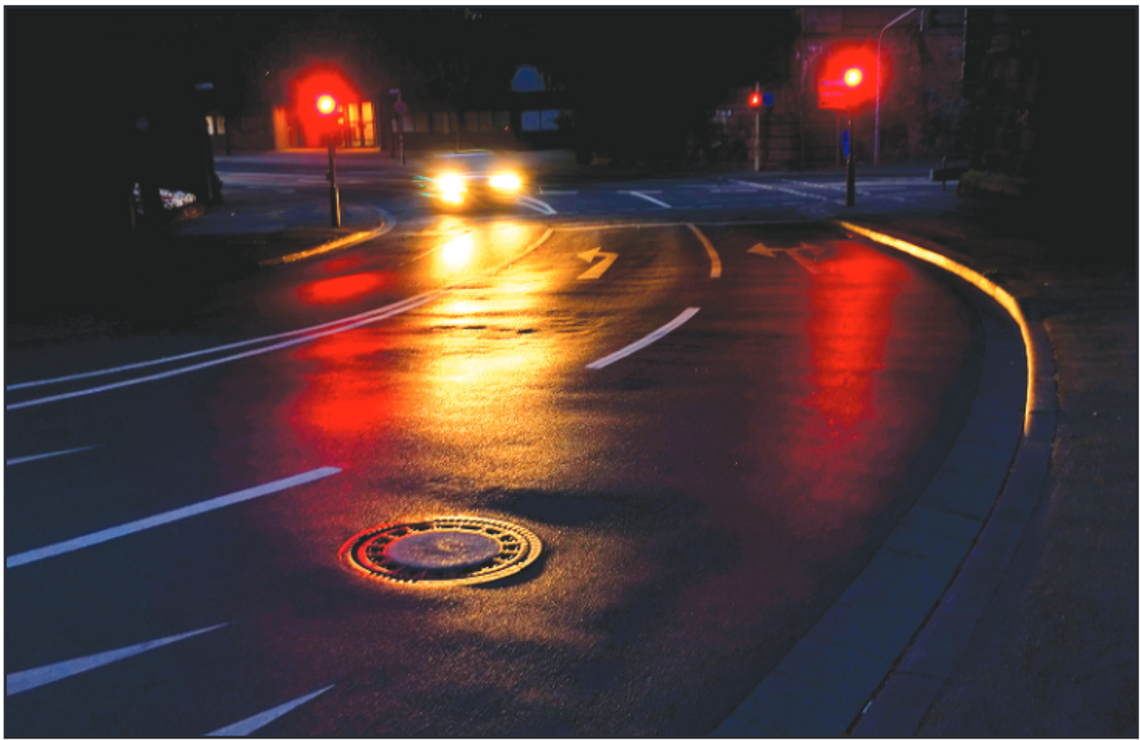With the recent time change, we find ourselves driving more often after dark than we did previously. We also have to worry about deer being on the road. Sometimes cows are out and in the roadway, or limbs are on the road after a storm.
A lot of newer vehicles now have a feature to turn headlights on automatically when daylight starts to turn to dark. However, you must ensure your headlight switch is in the correct position for this to work properly. But automatic doesn’t work for every condition. You may need to manually turn on headlights in adverse weather conditions such as rain, fog, or smoke.
We have all met vehicles that have the high beams on and temporary blind us. If an approaching vehicle is using high beams when they should not be or have those blue-white aftermarket bulbs (these headlights seem to be on high, even when on low), just keep your eyes focused to the right edge of
the road to help avoid being blinded by their light, and stay in your lane.
Ensure your headlights are properly adjusted. This may be necessary if you have modified your vehicle by lowering or lifting the stance from stock height, or if you have replaced the original headlight housings.
Also, keep added on light bars and auxiliary lights turned off when on public roads with other vehicles.
When to use high or low beams:
• High Beams
High beams should be used when there are few or no streetlights on the road. High beams will help you see farther down the road, preventing you from hitting any animals or pedestrians crossing in front of you.
They should be used when you are not meeting or coming up behind another vehicle.
• Low Beams
Poor weather limits visibility during the day. (Using high beams in fog or rain is often more dangerous because of light reflection).
Use low beams when city driving at night when short-range light is sufficient, when another vehicle is approaching in the opposite direction, and when following another vehicle at night.
Headlights can quickly become dirty or, more often, cloudy from age. If the plastic headlight lenses are not routinely polished and maintained to a crystal-clear finish it can cause problems for all drivers. Aged, clouded headlight lens will cause a glare to oncoming vehicles. If the plastic headlight lenses are not routinely polished and maintained to a crystal-clear, finish it can cause problems for all drivers.
So, maintain your headlights by using a lens restoration product or replacing the headlight housing all together.
Source: MSU Dawg Tracks, January 2021, Leslie Woolington, MSU-ES Risk Mgmt./Loss Control


Comment
Comments